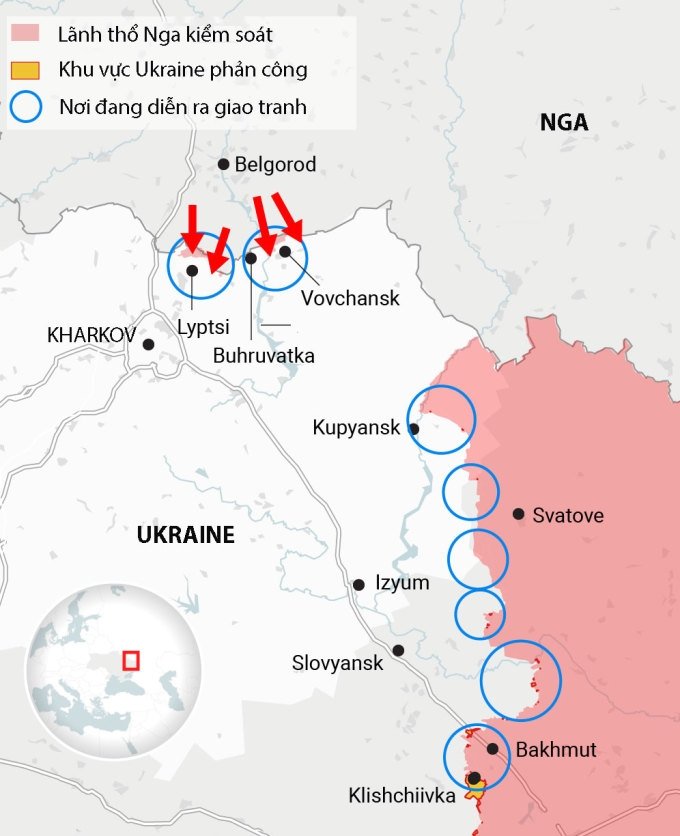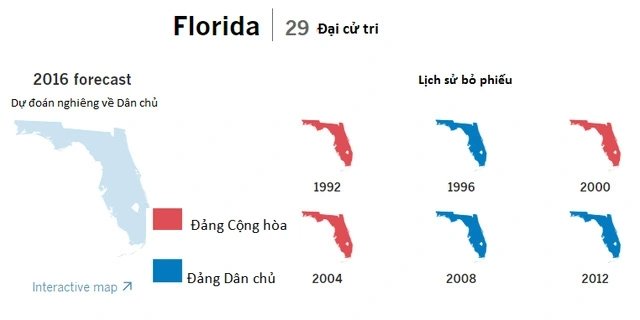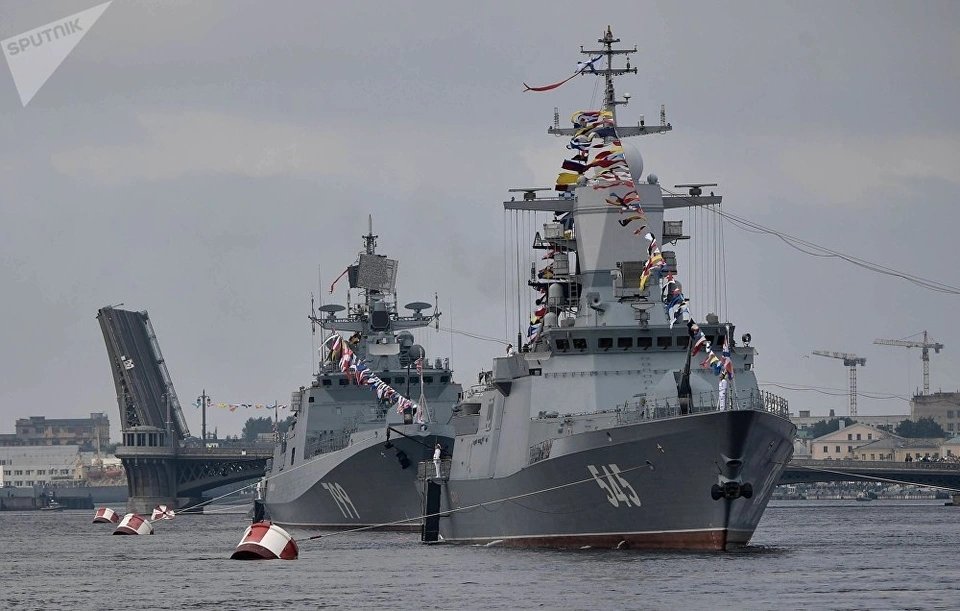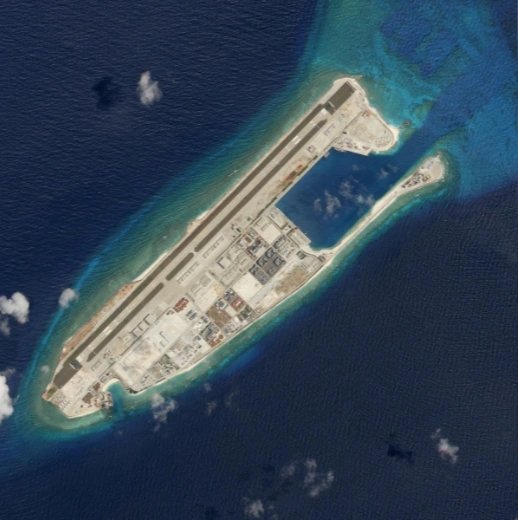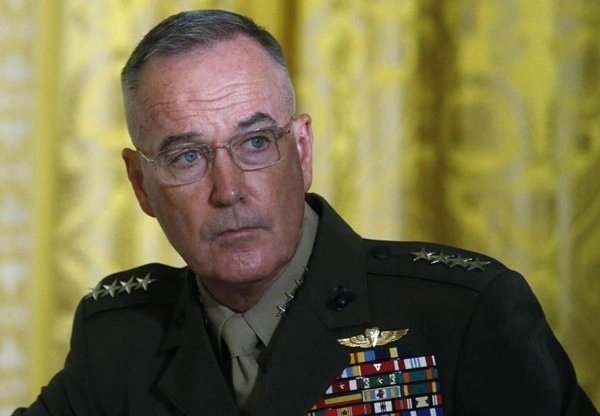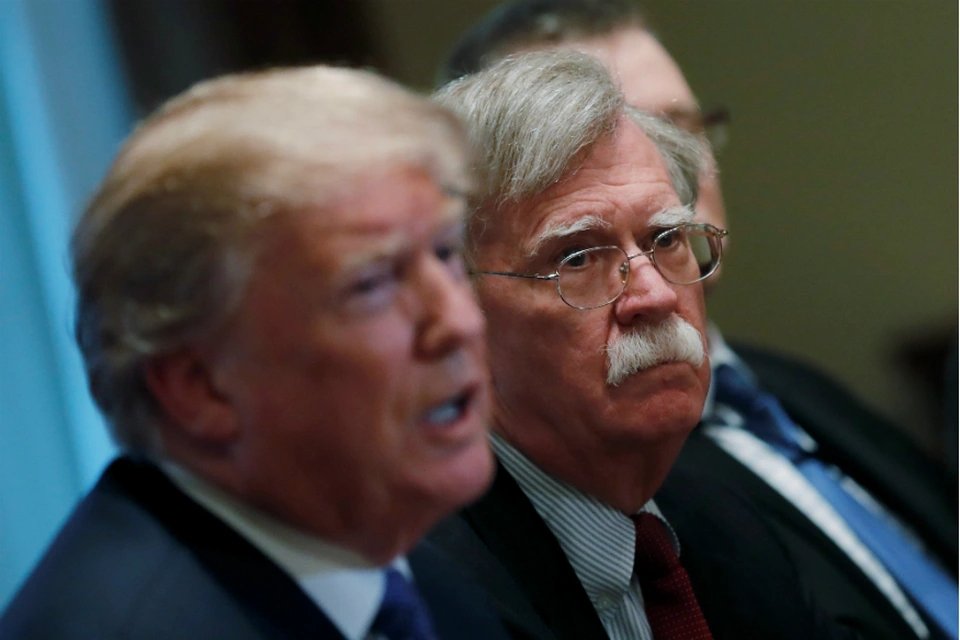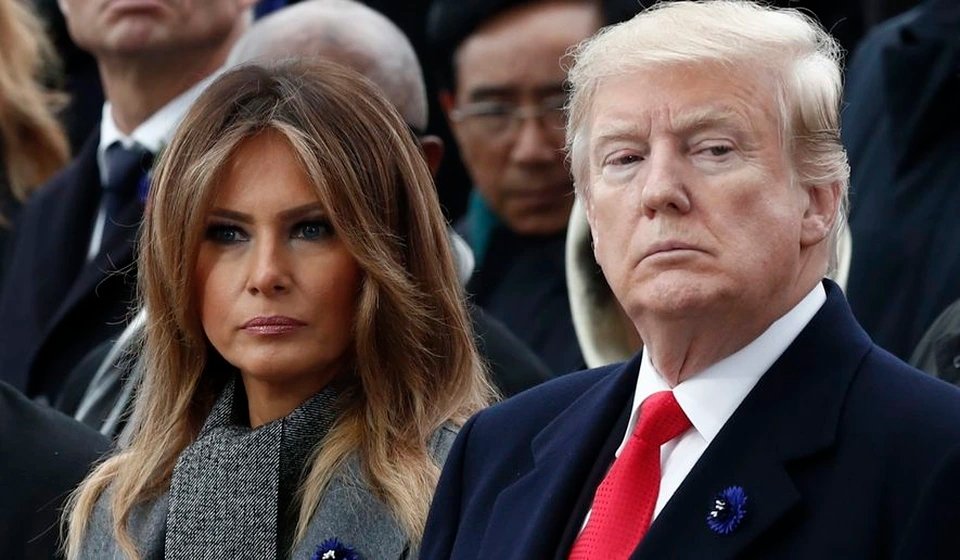
`In its current state, the U.S. military can only meet the requirements of protecting core national interests in a limited way,` said the Heritage Foundation, the world’s leading think tank on independent strategic research.
The Heritage Foundation proposes five levels of strength for the US military: very weak, weak, medium, strong and very strong.
`It takes 5 years to build an aircraft carrier, two years for smaller warships. The Navy currently has about 300 ships, more than half of which are over 20 years old. Only about 100 are combat ready.
The document also states that the US military is running a budget shortfall, despite record defense spending over the past few years, and needs to add large numbers of soldiers, aircraft, warships and high-tech equipment if it wants to
The Heritage Foundation made an assessment based on `the US armed forces’ ability to engage in battle and defeat two equal opponents at the same time`, concluding that the country’s military could only deal with one major opponent at a time.
US warships and aircraft exercised in the western Pacific in September. Photo: US Navy.
`The size of the US military is currently only two-thirds of the level required in the scenario of confronting two great powers at the same time. It all revolves around money. We have invested too little in recent years,` General Wood said.
In September, the Pentagon sent a report on China’s military strength to the US Congress, which admitted that Beijing owns the world’s largest navy with about 350 warships and submarines, including
The Heritage Foundation calls for building a combat fleet of 400 ships for the US Navy, similar to the recommendations of former Secretary of Defense Mark Esper in the document `Combat Force 2045`.
The report also mentioned factors that could cause difficulties in efforts to increase defense budgets such as `the lack of signs of the risk of confrontation between major powers, as well as overlapping interests that tend to make the United States
The Pentagon has proposed increasing the defense budget by 3-5% in the coming years to meet the shift from anti-insurgency wars to the risk of competition between great powers.

